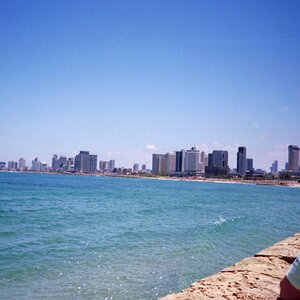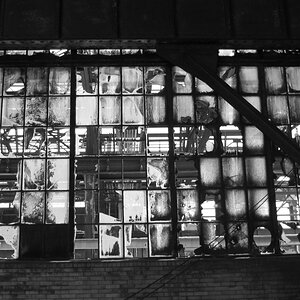ntexascardfan
TPF Noob!
- Joined
- Jan 12, 2014
- Messages
- 22
- Reaction score
- 4
- Location
- United States
- Can others edit my Photos
- Photos OK to edit
Hello everyone,
I'm going out tonight for my first try at night photography. I'm going to be shooting on a walking bridge that is lit with street lamps about 20 feet over the bridge with water underneath that may also reflect some light.
What are some tips or recommendations for getting good exposure with detail in dark settings?
I'm going out tonight for my first try at night photography. I'm going to be shooting on a walking bridge that is lit with street lamps about 20 feet over the bridge with water underneath that may also reflect some light.
What are some tips or recommendations for getting good exposure with detail in dark settings?


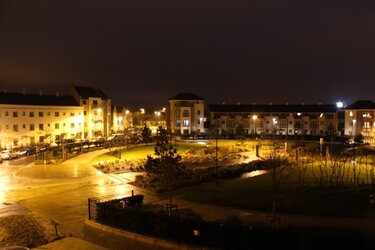
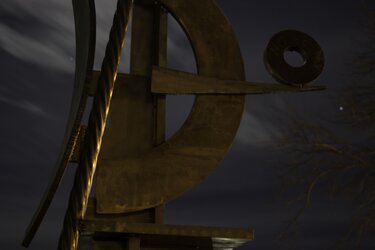
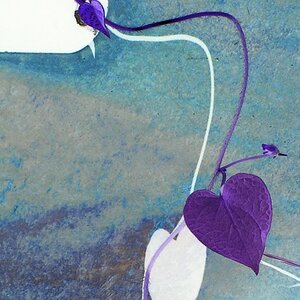
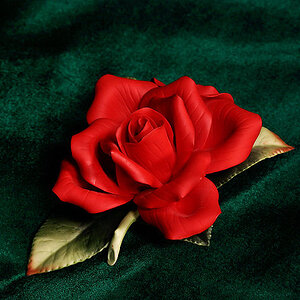
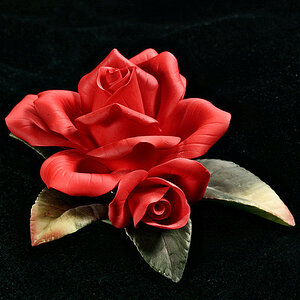
![[No title]](/data/xfmg/thumbnail/30/30994-49c5521f7b5b417f49dcd43891cbec27.jpg?1619734557)
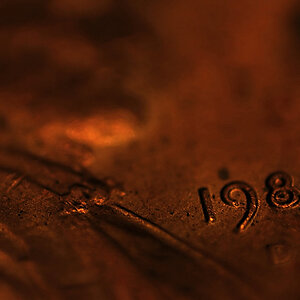
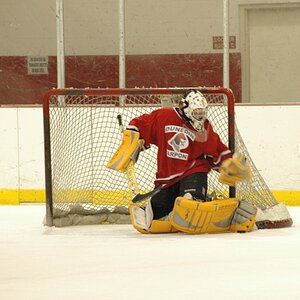

![[No title]](/data/xfmg/thumbnail/30/30996-79ed44b1137a7c3ab5b0a1146b111238.jpg?1619734559)
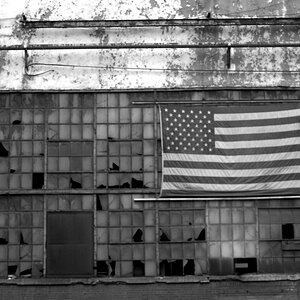
![[No title]](/data/xfmg/thumbnail/42/42067-88a229e814afcfc8848b3e293d8113d9.jpg?1619739998)
